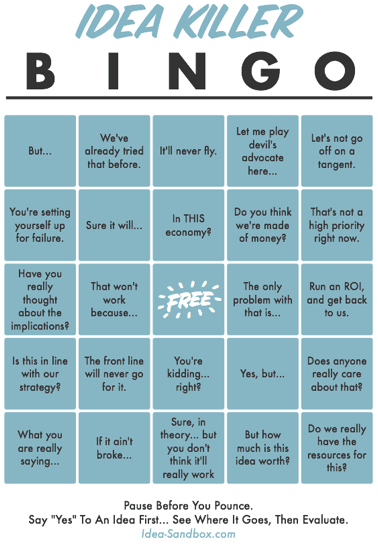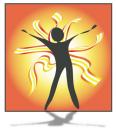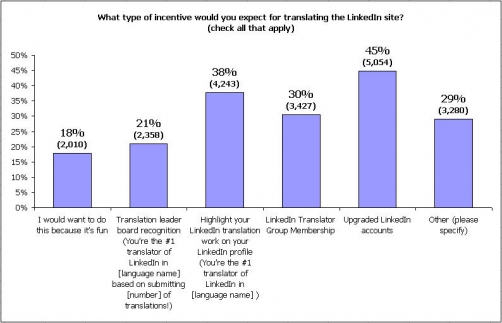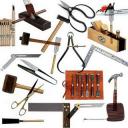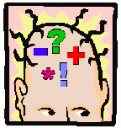Measuring Group Emotional States
Monday, August 10th, 2009One goal of cognitive design is to create products, services and other artifacts that put people in a particular mental state or set of mental states (experiences). But how do we determine when someone or a group is in a particular mental state to know if our design is working?
One answer is to analyze what they write. Check out this intriguing web science article by Dodds and Danforth on Measuring the Happiness of Large Scale Written Expression. As they point out in the intro:
 “The importance of quantifying the nature and intensity of emotional states at the level of populations is evident: we would like to know how, when, and why individuals feel as they do if we wish, for example, to better construct public policy, build more successful organizations, and, from a scientific perspective, more fully understand economic and social phenomena.”
“The importance of quantifying the nature and intensity of emotional states at the level of populations is evident: we would like to know how, when, and why individuals feel as they do if we wish, for example, to better construct public policy, build more successful organizations, and, from a scientific perspective, more fully understand economic and social phenomena.”
They look at song titles, blogs and State of the Union addresses and use analytical techniques that can easily be adapted to other applications. Some of the findings are interesting (happiness of song titles trended downward from the 60s to the mid 1990s) but it is more the technique that is relevant to cognitive designers.


